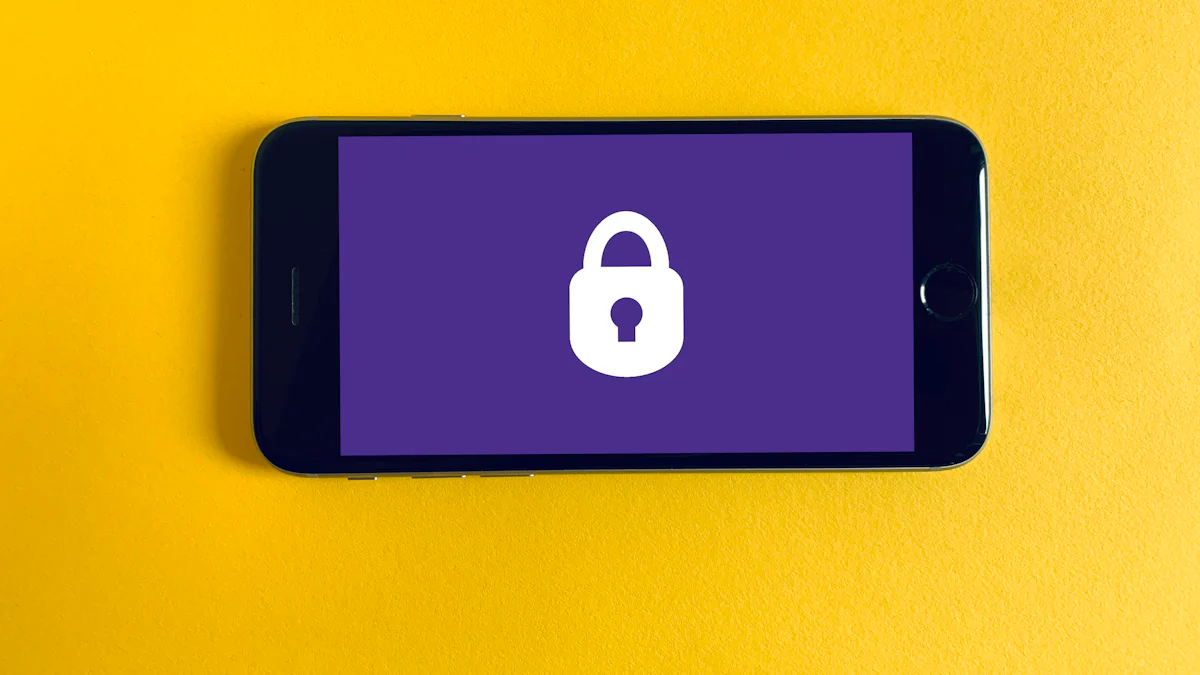
In the realm of data protection, safeguarding sensitive information is paramount. Connecting local LLMs and Crew AI stands at the forefront of secure connections (opens new window), ensuring the integrity of exchanged data. Understanding the significance of these technologies is crucial for maintaining a robust security framework. By implementing key security measures, organizations can fortify their systems against potential threats and unauthorized access attempts.
# Importance of Secure Connections
# Risks of Unsecured Connections
# Data Breaches
Attackers gained access to Target's internal network (opens new window) and stole credit card details and personal information of millions of people.
Uber experienced a data breach where attackers used a password from a previous breach (opens new window) to access their datastores, compromising the personal information of 57 million users.
# Unauthorized Access
Unsecured connections pose significant risks, leading to potential data breaches and unauthorized access attempts.
The consequences of unauthorized access can be severe, resulting in financial losses, reputational damage, and legal implications for organizations.
# Security Measures
# Encryption Protocols
# Types of Encryption
Utilize Symmetric Encryption for secure data transmission, where a single key is used for both encryption and decryption processes.
Implement Asymmetric Encryption (opens new window) to enhance security by using a pair of public and private keys for encrypting and decrypting data securely.
# Implementation Strategies
Employ robust encryption algorithms like AES (Advanced Encryption Standard) (opens new window) to ensure the confidentiality and integrity of the transmitted data.
Configure encryption protocols such as TLS (Transport Layer Security) (opens new window) to establish secure communication channels between local LLMs and Crew AI systems.
# Authentication Mechanisms
# API Keys (opens new window)
Generate unique API keys for each local LLM to authenticate their identity when connecting to Crew AI, preventing unauthorized access.
Securely store API keys using methods like Key Management Services (opens new window) to safeguard them from potential security breaches.
# Tokens
Implement Access Tokens (opens new window) to validate the authorization of local LLMs accessing Crew AI, enhancing the overall security of the connection.
Utilize JWT (JSON Web Tokens) (opens new window) as a secure token format to verify the authenticity of requests between local LLMs and Crew AI.
# Regular Updates and Patching
# Addressing Vulnerabilities
Conduct regular security assessments to identify vulnerabilities in both local LLMs and Crew AI systems, addressing any potential weaknesses promptly.
Apply software patches and updates regularly to mitigate known vulnerabilities and strengthen the overall security posture of the connection.
# Best Practices
Enforce a strict update policy across all systems involved in the connection process, ensuring that security patches are applied promptly.
Implement automated patch management solutions (opens new window) to streamline the update process and reduce the risk of exploitation due to outdated software versions.
By implementing these essential security measures, organizations can establish a robust framework for securing connections between local LLMs and Crew AI, safeguarding sensitive data from unauthorized access attempts and potential threats.
# Future Developments
# Emerging Technologies
Artificial Intelligence (AI) continues to revolutionize the cybersecurity landscape (opens new window), offering advanced capabilities in threat detection and response. Organizations are increasingly adopting AI-driven security solutions (opens new window) to enhance their cyber defense strategies. By leveraging AI algorithms, security systems can analyze vast amounts of data in real-time, identifying anomalies and potential threats with greater accuracy than traditional methods. This proactive approach enables organizations to mitigate risks effectively and respond promptly to emerging cyber threats.
Quantum Encryption (opens new window) represents the next frontier in data protection, utilizing quantum mechanics principles to secure communication channels. Unlike classical encryption methods, Quantum Encryption leverages the unique properties of quantum particles to create unbreakable cryptographic keys. This cutting-edge technology ensures that data remains confidential and tamper-proof during transmission, providing an unprecedented level of security for sensitive information exchange between local LLMs and Crew AI systems.
Implementing rigorous security protocols (opens new window) is essential for addressing security concerns and ensuring the integrity of data exchanged between local LLMs and Crew AI. Trusted websites and services (opens new window) with proper security protocols play a vital role in establishing secure connections, safeguarding against unauthorized access attempts. Secure internet services offer a reliable shield against potential threats, guaranteeing the confidentiality and authenticity of transmitted information. By prioritizing secure connections and staying vigilant against cyber risks, organizations can fortify their systems and uphold the trust of their stakeholders.